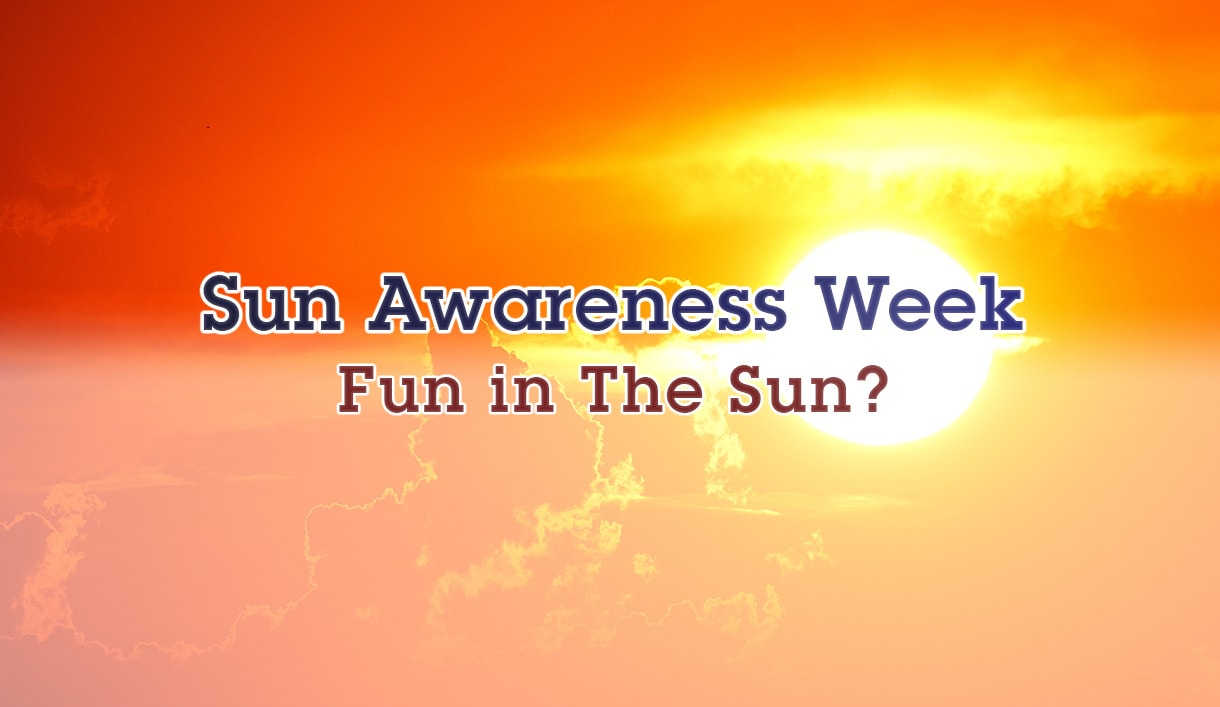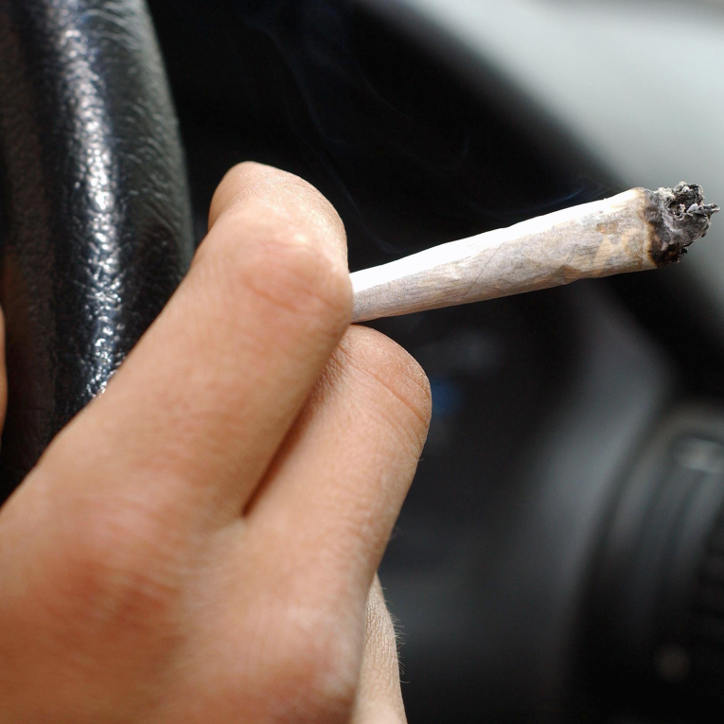Sun Awareness Week
Fun in The Sun?
Hello again, Ted Sturgeon here with a little bit of information that may help all of you sun worshippers out there stay safer during (and after) Sun Awareness Week.
Personally, I like rain. Rain and Snow and Fog and Hail and all the weather types folks in the UK tend to complain about. I think rain gets a pretty bad rap.
But, for those of you who love nothing better than laying out on a hot sunny day to soak up the rays, the following may be of interest while you’re having fun in the sun. As we approach summer it may be tempting to throw care to the wind and run for the deckchairs, barbecue or nearest beach, however there are associated dangers with sun exposure with potentially serious health consequences.
Why Is the Sun so Dangerous to us?
Let’s start with some statistics.
According to the British Association of Dermatologists:
- More than 1 in 3 (35%) of ‘Brits’ have been sunburned in the UK in 2016/2017.
- Of the above 28% were sunburnt 3 or more times.
- 46% of the British holidaying abroad were sunburnt in 2016/2017.
- 43% fail to reapply sunscreen frequently.
- 30% fail to reapply sunscreen after swimming.
Why Is the Sun so Dangerous to us? Sunburn is basically a radiation burn. Non-Ionising Radiation (Near Ultraviolet, visible light, microwave, radio waves, etc.) is the type that causes sunburn and other damage to the skin.
Non-Ionising Radiation doesn’t penetrate deeply into the tissues of the dermis (as is the case with Ionising radiation, x-rays, gamma rays, etc.), but the risk of damage to the skin and eyes is increased.
Non-Ionising Radiation refers to any Electromagnetic Radiation that doesn’t carry enough energy (photon energy) to remove an electron from an atom or molecule.
All UV light can cause photochemical reactions that are similar to ionisation. UV light can cause cataracts to the eyes and burns to the skin, down to damage at a cellular level, including damage to DNA and Carcinogenesis (the transformation of normal cells into cancer cells). It is also responsible for causing skin to wrinkle and age prematurely. This may be something else to think about when you think how good you look all golden brown.
Who is at Risk?
Who is at risk? We are all at risk. But there are specific groups that are at more risk than others.
A brief list from the NHS Choices website suggests that people with the following traits and circumstances should take more care in the sun.
- People with pale skin.
- People with Freckles or Red or Fair hair.
- People who tend to burn rather than tan.
- People with many moles.
- People with skin problems relating to a medical condition.
- People only exposed to intense sun occasionally – for example, while on holiday.
- People in a hot country where the sun is particularly intense.
- People who have a family history of skin cancer.
They also note that snow, sand, concrete and water can reflect the sun’s rays on to your skin, and the sun is more intense at high altitudes. Great information for those who like to Ski, Surf and sit in Sand Pits, or holiday in a Concrete Jungle!
Also, on a related note; in the list above there is a mention of moles. If you have a mole that changes colour, texture or any change in appearance or feel at all (whether this be due to the sun or not) do get it checked out by a health specialist, just to be on the safe side.
What Can We Do to Protect Ourselves?
There are a few ways that you can tame the sun’s rays or at worst avoid if necessary.
So, what can we do to protect ourselves?
- In the UK the advice is to be wary of the Sun between March and October, especially between the hours of 11am and 3pm. These are the times to find the shade, maybe go for some lunch in a seaside café or take a siesta.
- If avoidance isn’t on your agenda then try not to spend so much time in the sun, in one go, that you burn.
- Use a sunscreen of at least factor 15 to protect against UV-B. Protection from UV-A comes in the form of a sunscreen with “UVA” in a circle. At least a 4 star UV-A protection is recommended.
- Cover up the skin with suitable clothing and eyes with sunglasses.
- It may also be worth mentioning to take extra care with your kids, they tend to burn a lot easier.
Sunscreen Application Habits
While we’re on the subject of sunscreen let’s have a look at people’s sunscreen application habits. Earlier in this blog were statistics concerning reapplying sunscreen regularly and after swimming . This in itself may not be enough as studies show that most people do not apply enough sun screen to start with. This may be due to misinformation or even the cost of these products making people use them sparingly.
As a guideline adults should aim to apply about 2 teaspoons of sunscreen if you are covering your head, arms and neck.
2 tablespoons if you are covering your entire body while wearing your favourite swimming costume/mankini.
When sunscreen (or ‘sun tan lotion’ if you’re in the UK) is applied too leanly the amount of protection is reduced, not giving the amount you really require. If this is a concern to you then maybe a factor 30 sunscreen could be recommended rather than factor 15.
Another recommendation is, if you plan to be out in the sun long enough to risk burning your skin, you may need to apply sunscreen twice. Once, about half an hour before heading out and then again right before you go out.
Although covering up with sun hats would always be the safest option, if this is not for you then sunscreen should be applied to all skin exposed to sunlight. The face, neck, ears being among the easiest places to burn. Also your head, if you have thinning or no hair to protect you!
Liberally re-applying sunscreen in accordance with the manufacturers recommendations is also sound advice.
Water resistant lotions may be just that, but what many seem to ignore, or fail to realise, is that when you come out of the water you tend to towel yourself down.
Now that it’s been pointed out it may seem nothing less than common sense, but when you dry yourself off, most of your sunscreen ends up on the towel. So reapplication of even waterproof sunscreen is required here. Kids are in and out of the water all day so they will require constant monitoring and reapplication of sunscreen as well.
To Summarise
To summarise, if you are an adult (twice as important if a child) going out in the sun, remember the key pointers.
- Cover up.
- Use adequate sunscreen on exposed skin and use the right amount.
- Try not to let your skin burn.
- Don’t forget to reapply sunscreen regularly and always after towelling off water.
- Try to avoid the midday sun, as apparently this is reserved for Englishmen and Mad dogs.
Or you can be like me and only go out if it’s raining!
Whatever you do in the sunny weather, take a few simple steps to stay safe while doing it.
Ted Sturgeon









Leave a Reply
Want to join the discussion?Feel free to contribute!